August 2016
We arrived at Ukunda Airport (Diani) having been warned of blistering heat and humidity; and told to definitely wear shorts and leave the jackets at home. As soon as we landed, however, it started raining and stayed wonderfully cool for the whole two weeks we were in Diani. Daily rain showers kept things fresh, settling the dusty surrounds and covering the landscape in a lather of clouds against the harsh equatorial sun.
The taxi driver kindly took us shopping (at the supermarket) so that we could fill up our grocery bags and then we headed over to Sand Island Cottages on Tiwi Beach.
Surprise! Turtles!
Arriving on the first day at Sand Island in the pouring rain, we were excitedly told that green turtles were hatching, so naturally we ignored the torrential downpour, left our groceries in the taxi, and ran to watch the stragglers, as they tenaciously found their way to the blue ocean in front of our cottages. Drenched and happy, it’s something I will never forget – what a special thing to witness this brave fight to survive against all odds. And it happened twice during our stay!
The cute little creatures had to fight against sand, grass, dogs, birds, a hungry octopus, hunting fish and all sorts of other obstacles to freedom; just so that they could reach the big wide ocean beyond the reef and face the real dangers of life underwater. The survivors of this family will then head straight back to Tiwi Beach in a few years time to carry on the generations of green turtles and the cycle of life.


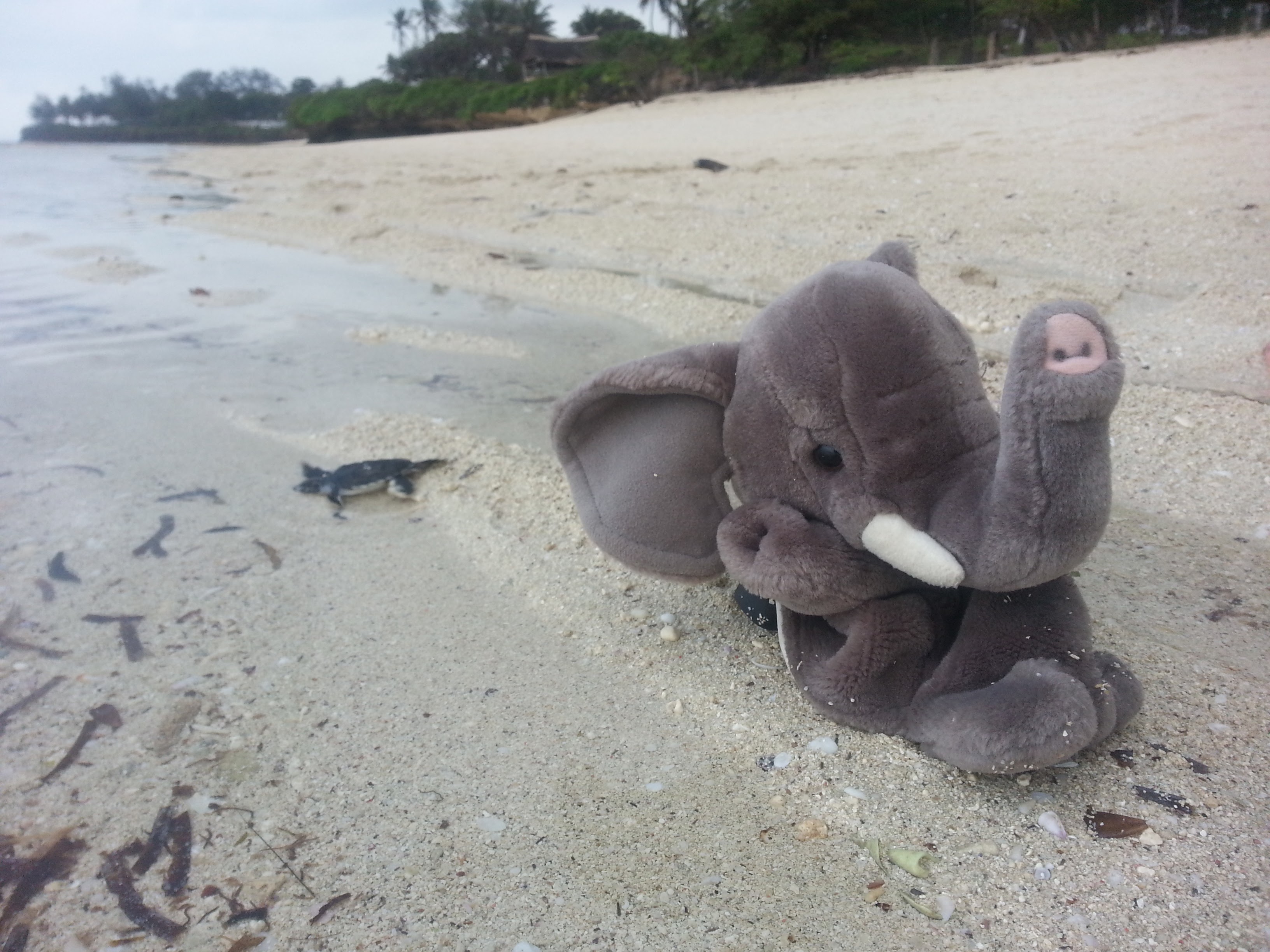
Saidi is the turtle conservationist for Tiwi Beach and kept us well-informed about the turtle protection efforts here. Smiling and friendly, he carries a great respect for the turtles and strives to educate everyone he meets about their qualities and needs. The training he received has given him the skills and conservation knowledge he needs to save Tiwi’s population of turtles. He relocates the nests to safer distances from the sea (or from people) and monitors the progress of the nests that are labelled and recorded by Watamu Turtles.
Sand Island Cottages
These quaint beach cottages are a great choice for a quiet getaway and a couple of days (or weeks) of rest. North of Diani, it’s about a fifteen minute drive from Diani Beach and well away from the hustle and bustle of the town itself.
Named for the sand island that appears during low tide, Sand Island Cottages are the perfect location to see the coastline open up as thousands of birds descend of Sand Island to pick up the crabs and sea titbits left exposed by the receding waters. Watch out for the abundance of spiky sea urchins when you walk across the bay!
The self-catering cottages were comfortable, airy and clean, with views of the beach and shady verandahs with soft cushions to nuzzle into a gripping book from their library (all proceeds from the small book rental “fee” go towards providing books for the local schools in the area – initiative I thought was fantastic!) Our friends and family stayed in Simu, Pono and Tewa.

Tiwi beach was clean and pretty much private to those staying at the handful of resorts along the shore – no beach boys or tour operators in sight. The beautiful Kenyan lady at the resort, with her colourful outfits and a smiling baby strapped to her back, kept us in abundant supply of samoosas and ‘mandazi’ when we needed it; and there were people to buy fish or kikois from if we needed.
Mandazi is something like the South African ‘vetkoek’ (fat cake, in English) and is a mouthful of deep fried, doughy deliciousness somewhere in between a donut and a bread roll.
The staff and management were professional, attentive, kind and friendly – it felt like we were part of the family and being looked after with great care. Arty and Cheryl provide excellent service and information about the area, being happily available whenever needed and concerned with bettering both the environment and the community around them.
One initiative we like is the Book Hire system at Sand Island Cottages. There is a library of books available for rent by guests, with a small fee paid and a deposit that you get back when you return the book. The small amount kept by Sand Island goes towards providing books and materials for the local schools in Ukunda that need it the most. So get reading!
Kenyan Hospitality
Running through the local communities along the beach road under the watchful eye of some ancient Baobabs, it was easy to see why the Kenyan people are known for their smiles and friendly greetings. Those commuting to work on their bicycles gave a friendly wave and a happy “Jambo, jambo!”; and there was always singing somewhere on the wind.
There are locals around to lend your support to: like turtle-volunteer Saidi who also has a small wooden boat in which he takes guests to see Starfish Bay. We hired the congenial Ali for the week and he cooked superbly for us, providing freshly baked bread rolls, scrumptious curries and Kenyan-Western fusion dishes. The favourite of the week was difficult to choose, but it was either the hand-pressed coconut milk fish curry with chipatis or the delicious American-style pancakes he whipped out; or was it the daily supply of hot, home-baked bread rolls?




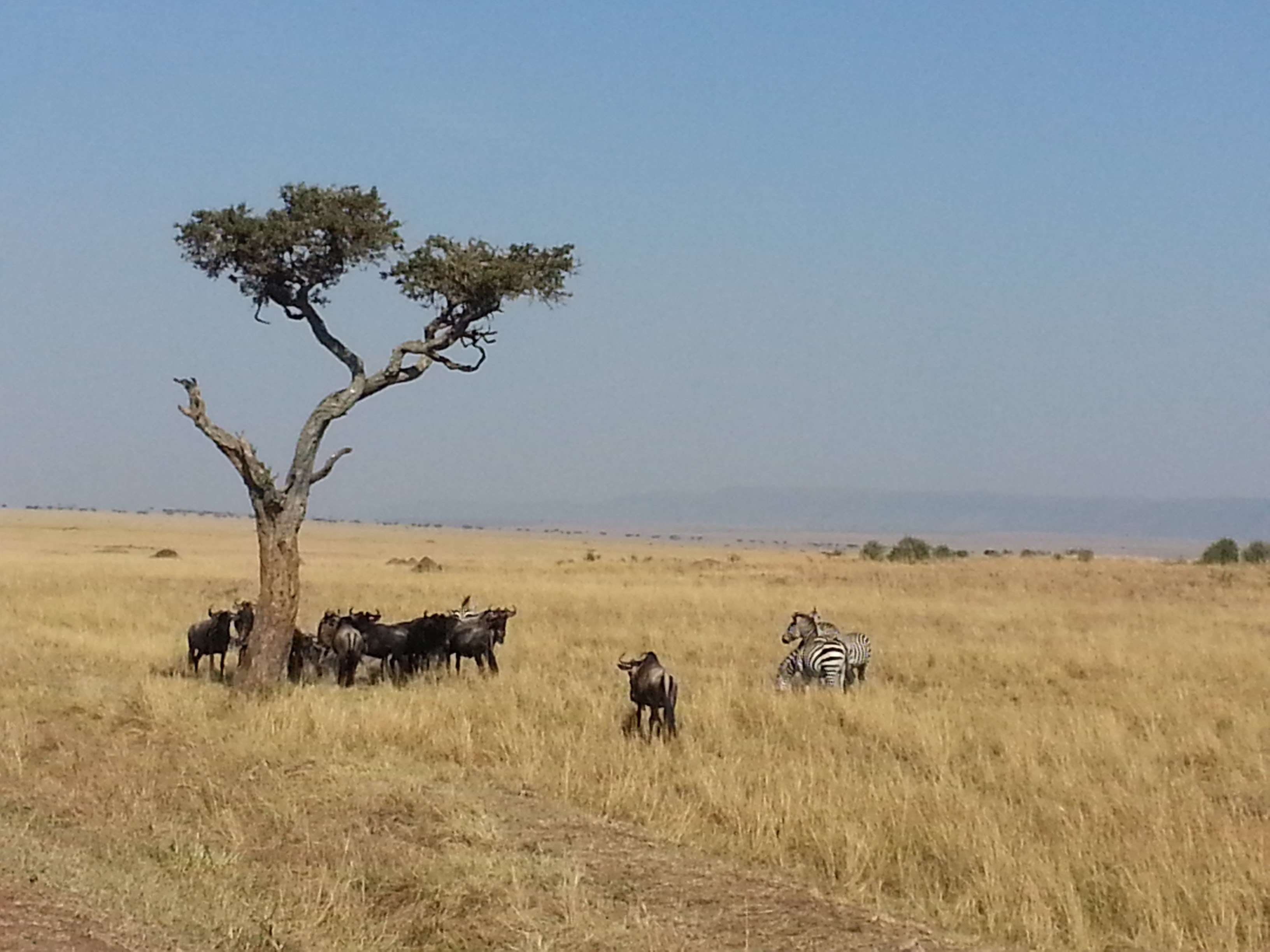
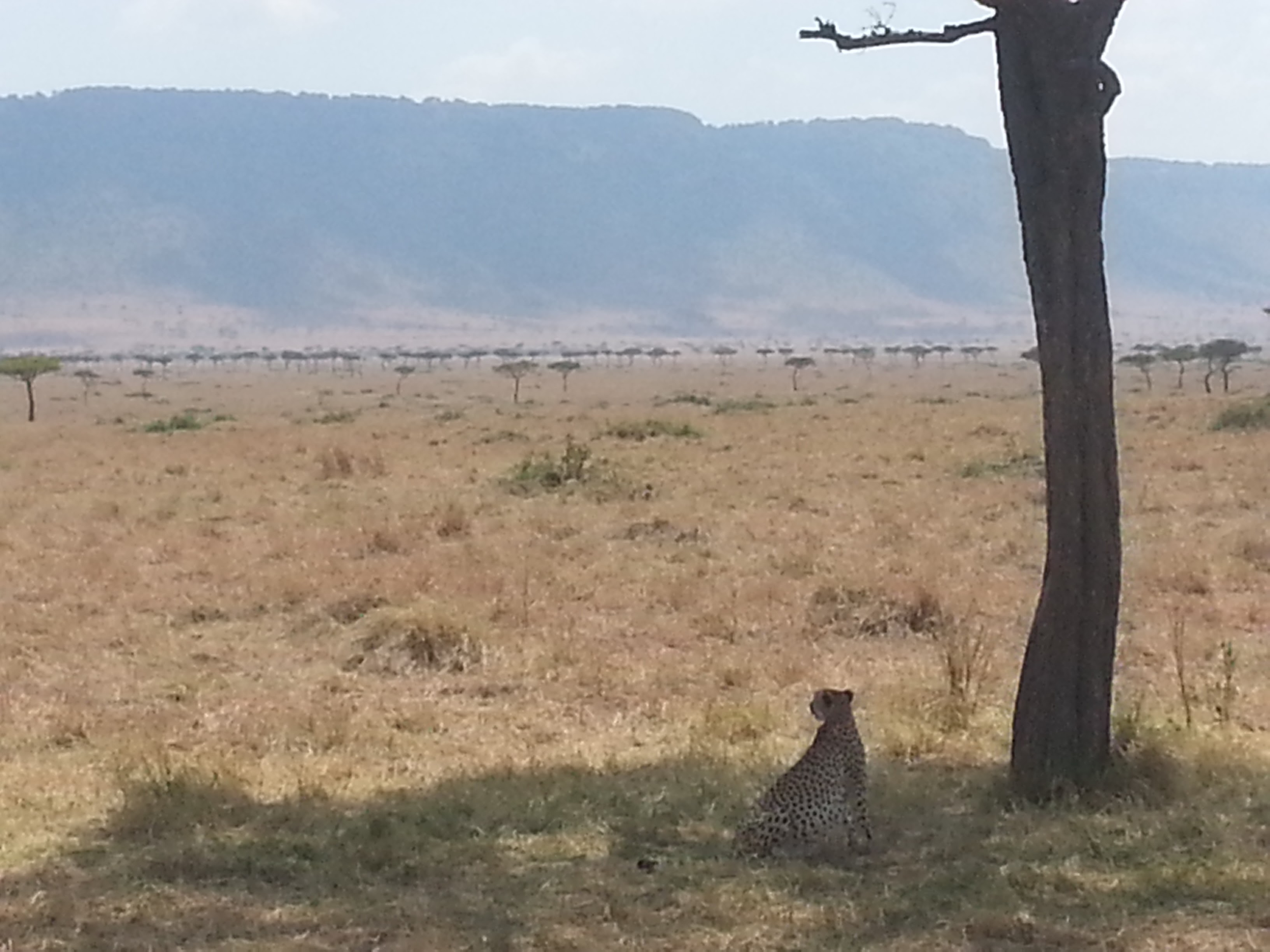
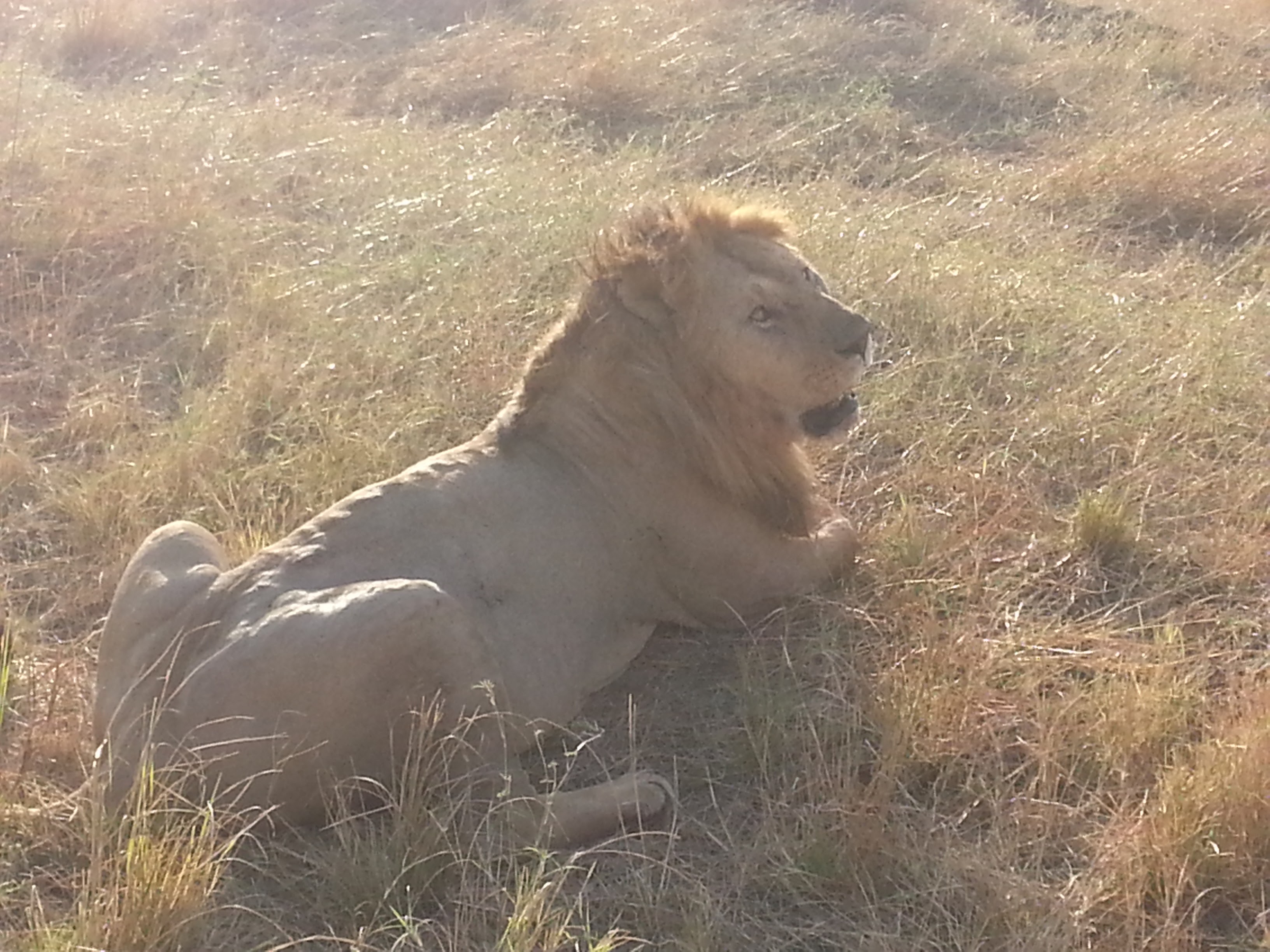

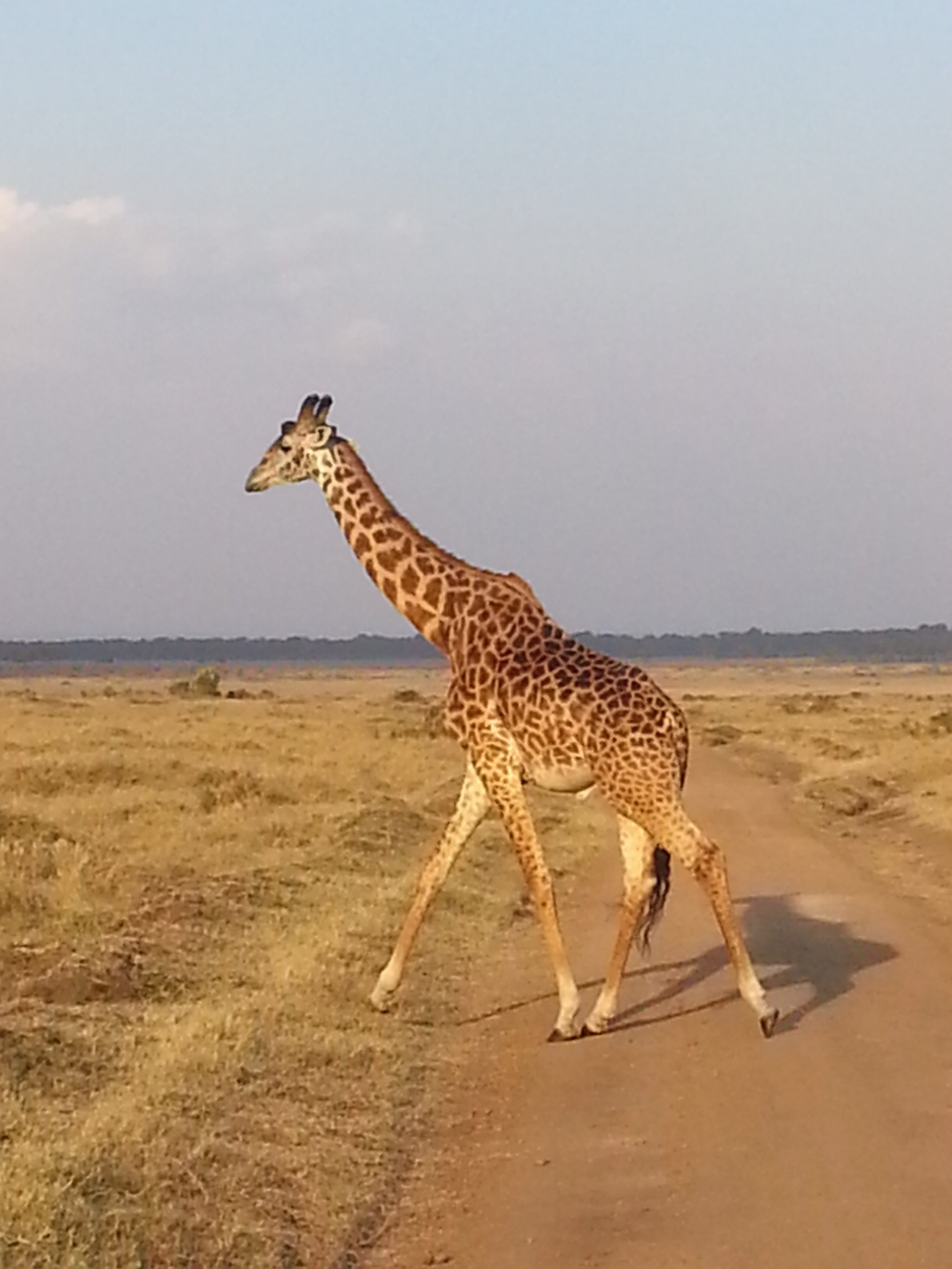



 Masaai Mara – just wow!
Masaai Mara – just wow!